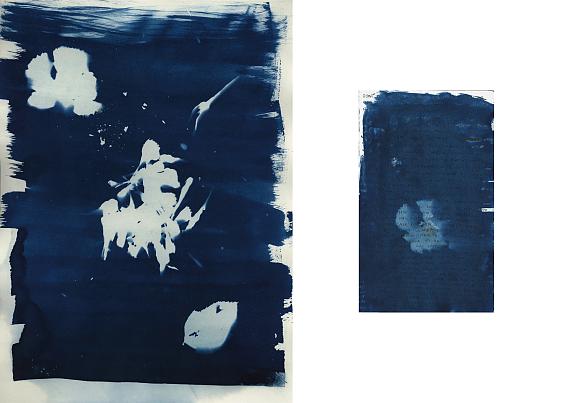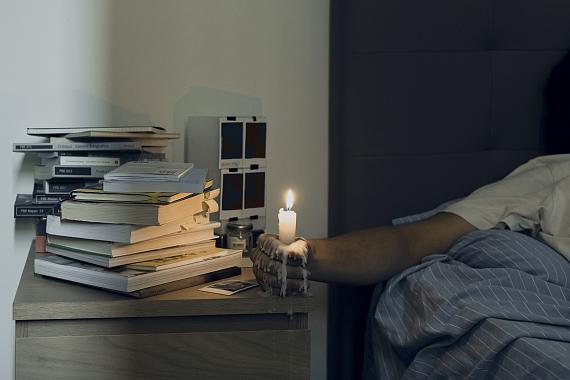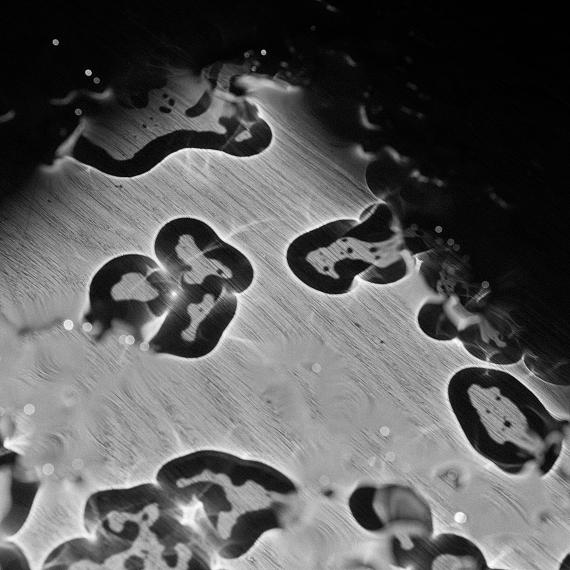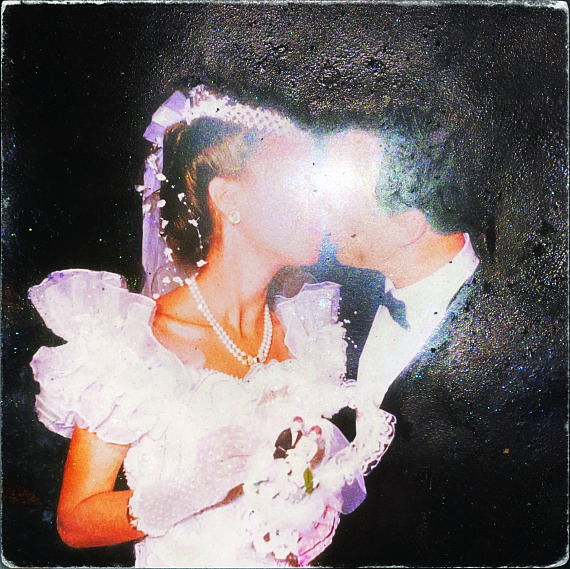
TIME
Arianna Angelini » Acyle Beydoun » Alessio Fusi » Aurore Greindl » Antonio Mantovani » Gianluca Pezzato »
Exhibition: 27 Jul – 10 Sep 2021

Raffles Milano
Via Felice Casati 16
20124 Milano
+39 02-2217 5050
info@rm-modaedesign.it
rm-modaedesign.it
Mon-Fri 8:30-19
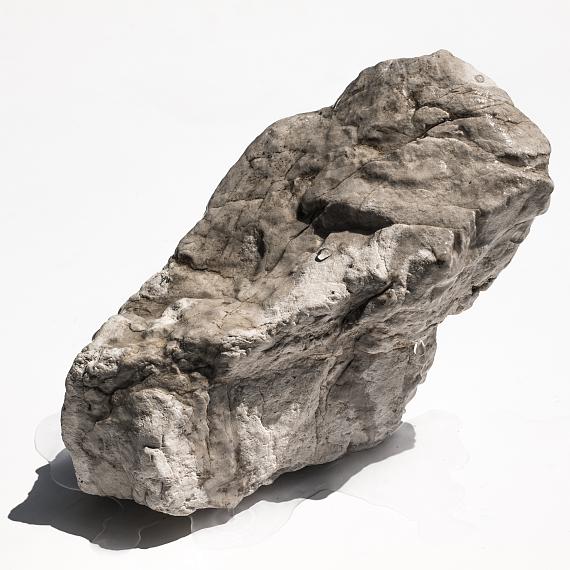
"TIME"
Arianna Angelini, Acyle Beydoun, Alessio Fusi, Aurore Greindl, Antonio Mantovani and Gianluca Pezzato
Exhibition: 27 July – 10 September 2021
(summer break 30 July – 16 August)
Time and light are known to be crucial aspects in the development of the medium of photography, from its pioneering period to the present day. While exposure times in the mid-19th century were still so long that people had to be fixed in place during portrait sessions in order to achieve a mimetic image, a century later it was already possible to take pictures in a tiny fraction of a second, with which photographers could freeze extremely fast processes in such a way that we can see more in the images than with our own eyes. At the time, photographers were often assisted by scientists in order to be able to translate the different imaging possibilities of slow motion and fast motion into individual photographs or series of images. Time representations or time-based motifs also appear in contemporary artistic photography, from Duane Michals to Bettina Pousttchi, from Hans-Christian Schink to Michael Wesely.
The month-long workshop of the photography master class of "Raffles - Istituto Moda e Design" under the supervision of Matthias Harder has now produced an exhibition in the lobby of the private design college. The six students Arianna Angelini, Acyle Beydoun, Alessio Fusi, Aurore Greindl, Antonio Mantovani and Gianluca Pezzato, all born in the 1990s, created completely different groups of works, individual, partly autobiographical approaches to the topic of time, presented as tableaus or successively arranged sequences in which the passing of time becomes visible.
In a large-scale, very private visual diary, Acyle Beydoun reworks, among other things, the wedding pictures of her parents, sometimes in a radical way. Their relationship, an intense love-hate story, is symbolically commented on by her: In a kind of time travel, deep into the complicated family history that ran between the Ivory Coast, Beyrouth and Sydney, back to the time before her own birth, the young photographer paints over, applies, perforates and tears up digital copies of the 33-year-old photographs of her parents' engagement and wedding celebrations - and cathartically and experimentally creates something completely new, a totally different family album.
Arianna Angelini also starts from a very personal story, specifically a painful break-up, which she translates into a series of timeless cyanotypes. A slowly withering bouquet of flowers remained for her as the only memory of her former relationship - in her project "Io non esisto", the flowers, some of them intentionally broken, lying on the photographic paper, turn into six photograms on a blue background, i.e. into direct images of themselves. Next to them hang just as many smaller formats with the handwritten, Italian notes on the individual sorrow of separation and form pairs with the larger flower pictures, which in turn remain "without comment". In this way, the memory of the time spent together also fades with time.
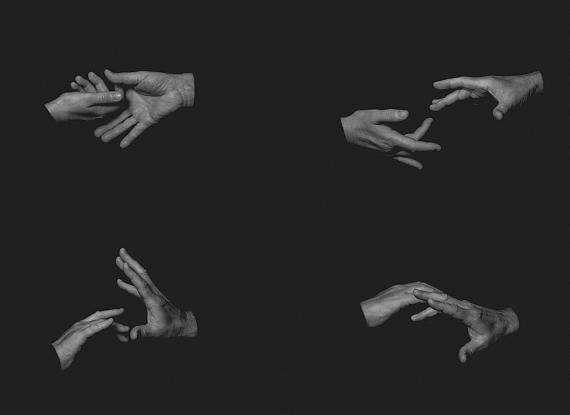
Gianluca Pezzato, born and raised in the mountains of northern Italy, has an intense, direct relationship with nature there, whether animate or inanimate. He deplores the man-made destruction of the mountain regions, which are actually protected by the World Heritage Fund, by the construction of ever more ski resorts and roads. For his time project, he travelled to his homeland and brought a stone from there to Milan, an Alpine pars pro toto. In an experimental set-up, he then let single drops of water drip onto this mountain boulder, which would have an erosive effect only after millennia; in six shots, one sees only the stone getting wetter and wetter and drying again, without any visible changes in the surface of the stone; but in the last shot, so to speak on the seventh day, the photographer chipped off part of the boulder with a hammer and chisel, an almost brutal gesture, at the same time a symbol of man's rapid and irreversible destructive interventions.
Aurore Greindl also chooses the element of water, she too is fundamentally fascinated by nature, which is reflected in her work; but within her time project she examines water as a kind of time-space continuum. Her research concludes that the same amount of time is experienced differently for each individual, wether is feels faster or slower. Hence, the same amount of water can take thousands of different shapes. She lets drops of water drip onto a plexiglass pane, which she mounts above a wooden floor, and photographs the changes in the shadows cast by the water drops from the same angle, but with different levels of focus; she also inverts some motifs positively-negatively. The Belgian photographer, who lives in Switzerland, has already repeatedly thematised the element in underwater or on the subject of surf. But now she chose a completely open, abstract pictorial form. The result is a visually confusing and at the same time fascinatingly timeless cloud of images, consisting of a dozen square image formats of four different sizes.
Alessio Fusi's tableau, consisting of 16 individual images, symbolises time on the one hand through the successive performance of the two human hands, which do not touch each other, and on the other hand through the intangible, even incomprehensible, nature of time. The hands are floating in an undefined black space, while the fingers seem to dance, with each other, around each other, approaching and distancing themselves again. The artist dedicates his work via the title of the series to those who never meet. This creates a completely timeless and placeless action, we don't know who these hands belong to, whether they will meet and embrace in the end - in the sense of a Hollywoodesque happy ending - or not. Only a look into the future would help here.
Finally, Antonio Mantovani's self-performance becomes a symbol of the mental pain of his childhood; this project also resembles a journey through time. One can also spend time and feel it if one only waits, not necessarily for something concrete; one can, for example, concentrate solely on the ticking of a clock or on how the sunlight slowly moves through a room. Antonio shows us this waiting, this mere passing of time in his six-part series of pictures: he is lying on his bed, but here he can only be seen in a section of his body, with some of his books beside him. He holds a candle in his hand, which literally melts painfully during the hour-long action in the closed room; a contemporary, performative paraphrase of a vanitas representation so common in art history.
